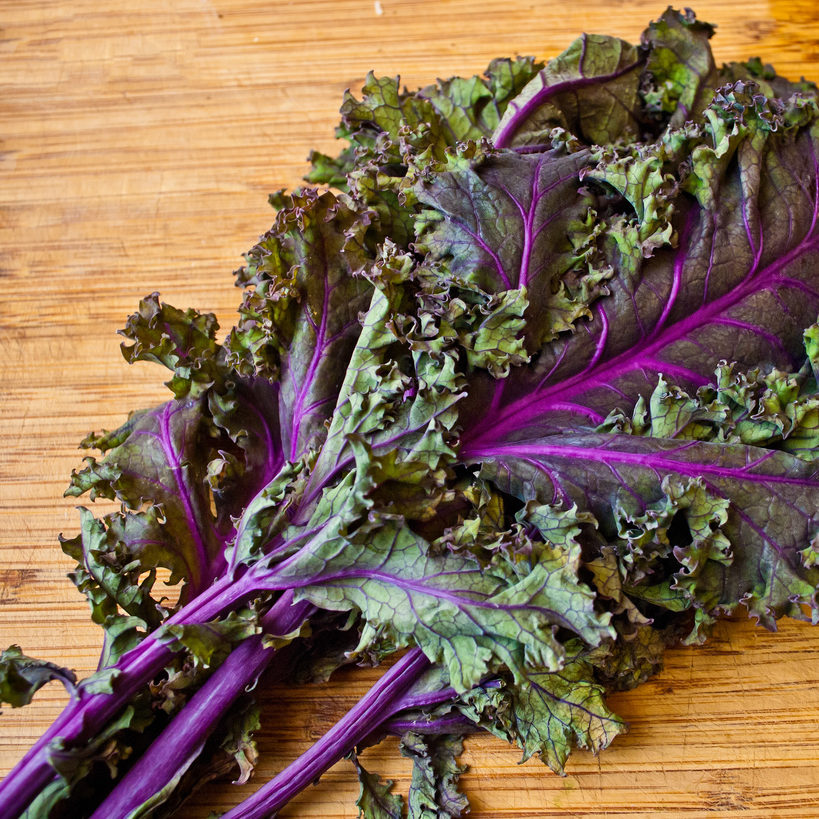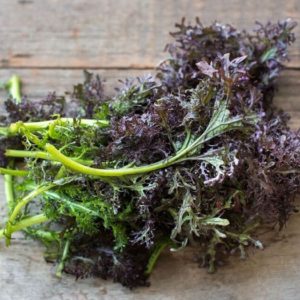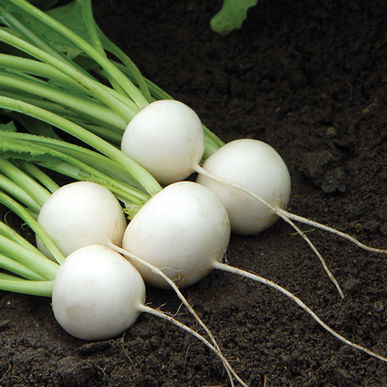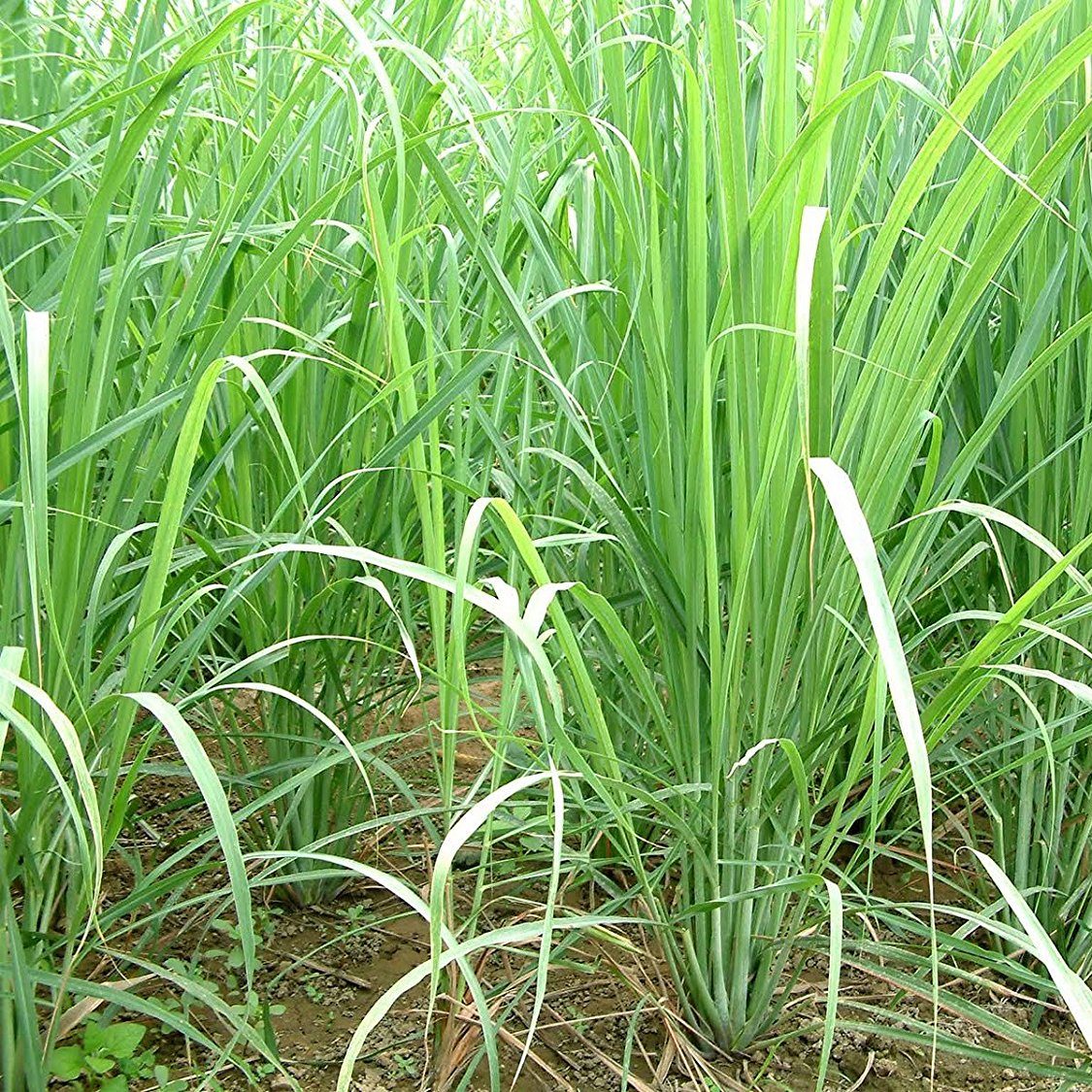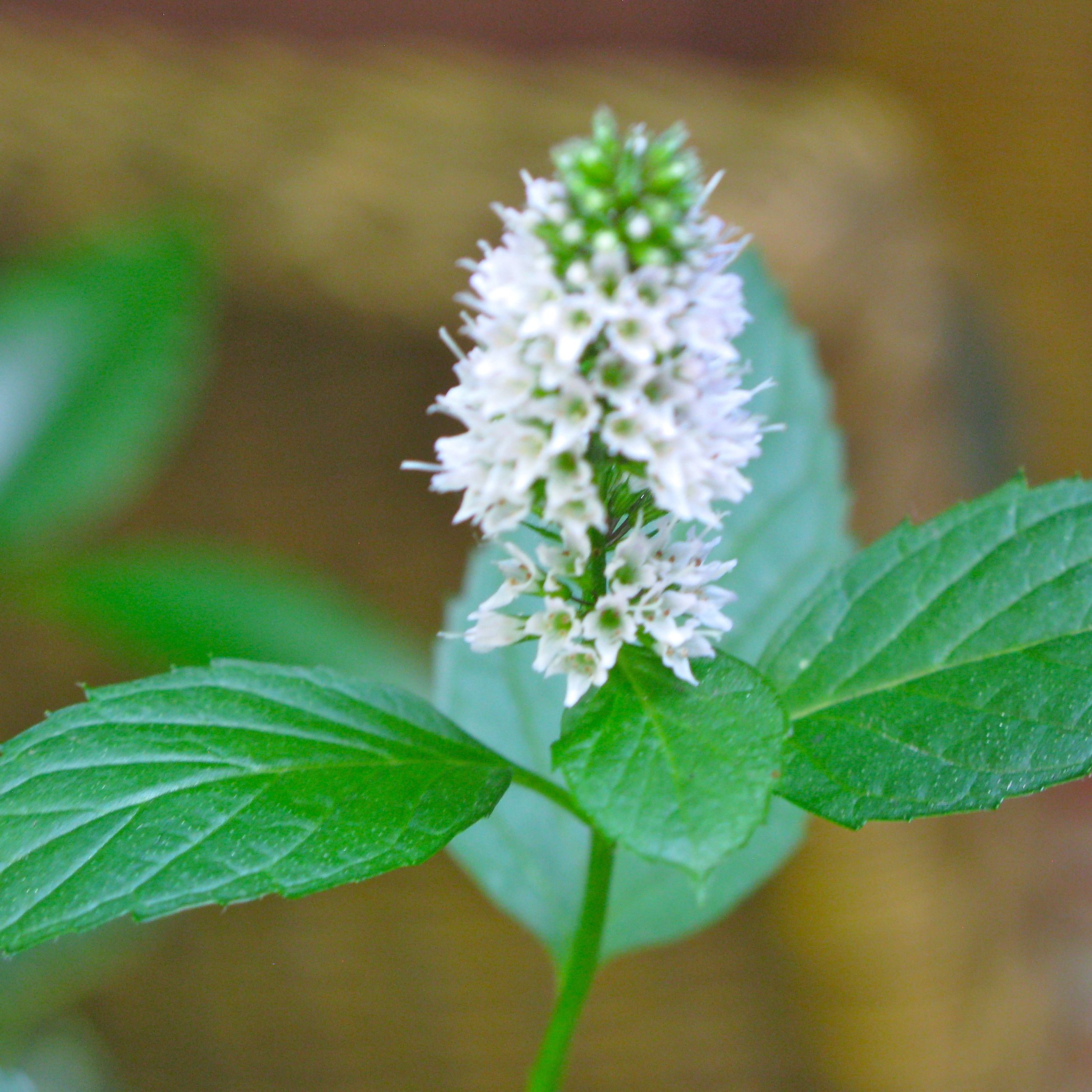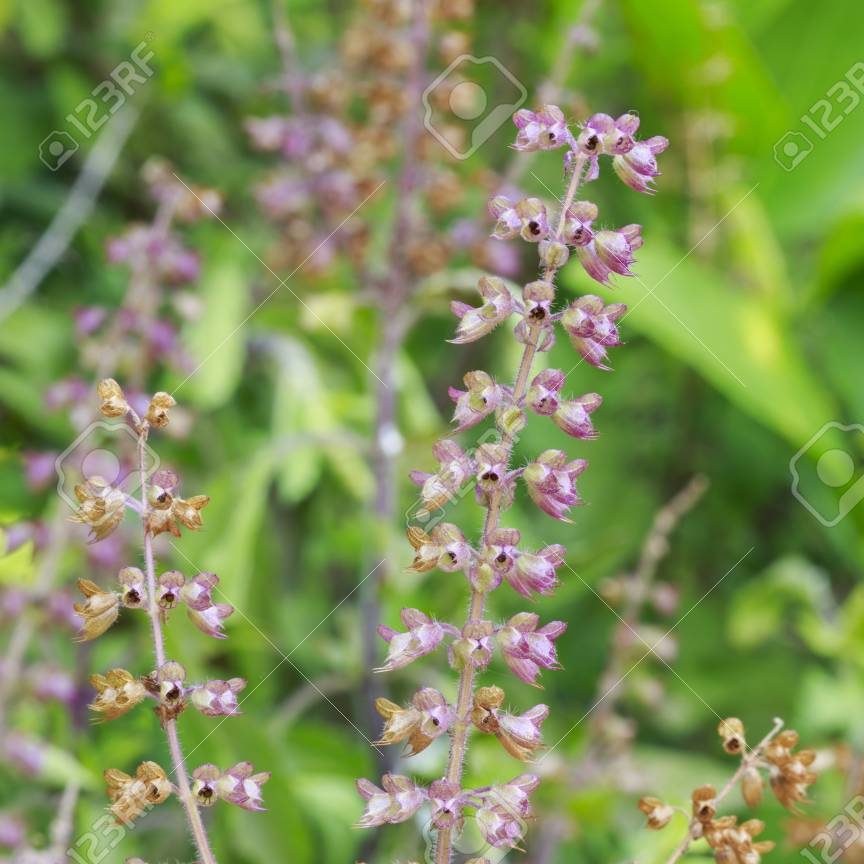Florida Garden Vegetables
Check out Fleet Farming’s plant variety suggestions to get your garden growing in Florida’s unique climate. These are the best Florida Garden Vegetables to grow.
Vegetable List - Fleet Greens
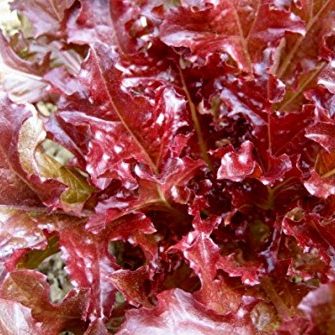
Red Oak Lettuce
Season: Fall – Spring
(late September till mid April, if cold enough)
Details: Light and Flavorful
Recipe: Red Oak Lettuce Salad with Apples, Toasted Walnuts, & Gorgonzola

Siberian Kale
Season: Fall – Spring
Details: Dark and Leafy, Mild flavor
Nutrition Facts: High in Vitamins A, C, and K
Recipe: Kale and Roasted Red Pepper Frittata / Recipe: Colcannon

Toscano Kale
Season: Fall – early Summer (September till early June)
Details: Hardy and Nutritious
Nutrition Facts: High antioxidants, low calories
Recipe: Tuscan Kale with Garlic Tomatoes
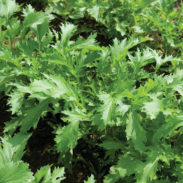
Mizuna
Season: Fall – Spring
Details: Mild flavor and light texture; used to mild out a mustard greens based mix
Nutrition Facts: Supergreen very high in nutrients
Recipe: Wok Sautéed Mizuna & Portobello Mushrooms with Minced Chicken/(Chickun)

Swiss Chard
Season: Fall – Spring
Details: It is a leafy green and is a member of the beet family; earthy in flavor
Nutrition Facts: Vitamin A, Vitamin K, reduces blood pressure & enhances performance in sports
Recipe: Creamed Swiss Chard with Lemony Breadcrumbs

Bibb Lettuce
Season: Fall – early Summer (September till early June)
Details: Tasty and distinctive flavor, thrives in cooler weather
Nutrition Facts: Very low in calories, high in nutrients
Recipe: Bibb Lettuce with Shaken Vinaigrette

Red Amaranth
Season: Year-round growing season in FL
Details: Protein-rich pseudo grain that will color the dish red! Perennial plant
Nutrition Facts: Similar to beets; offer carotene, calcium, iron, protein, and trace elements
Recipe: Amaranth in Coconut Milk
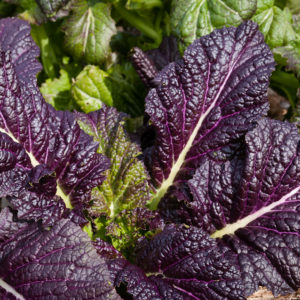
Red mustard greens
Season: Fall – Spring
Detail: Leaves are very thin and tender, mildly peppery and nutty when young; robust notes of pepper, garlic, and mustard when matured; they can get VERY spicy if stressed or grown to maturity. The flavor dies down when cooked.
Nutrition Facts: Many anti-inflammatories, antioxidants, and cancer-preventing compounds
Recipe: Sautéed (Red) Mustard Greens with Garlic and Sesame

Mustard greens
Season: Fall – Spring
Detail: Same as red mustard
Nutrition Facts: High in Vitamins A and E, antioxidants, and liked to cancer-prevention
Recipe: Balsamic-Glazed Chickpeas and Mustard Greens
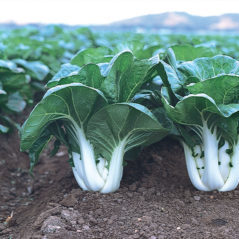
Joi Choi
Season: Cool season plant with tolerance to heat! Year-round growing season, but for heads it’s best for Fall – late Spring
Detail: Mild flavor, dependable yields; provides crisp tender leaves for oriental dishes; adds flavor to soups, stews, and casseroles
Nutrition Facts: Leaves and stalk provide high amounts of Vitamins A, C, and K
Recipe: Garlicky Ginger Joi Choi
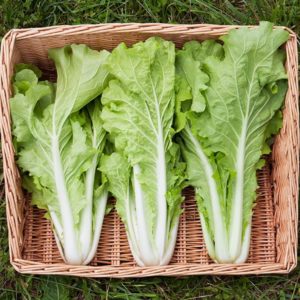
Tokyo Bekana
Season: Fall – Spring
Detail: Leaves are very thin and tender, mildly peppery and nutty when young; robust notes of pepper, garlic, and mustard when matured; they can get VERY spicy if stressed or grown to maturity. The flavor dies down when cooked.
Nutrition Facts: Many anti-inflammatories, antioxidants, and cancer-preventing compounds
Recipe: Sautéed (Red) Mustard Greens with Garlic and Sesame

Tat Soi
Season: Fall – Spring

Collards
Season: Cool season plant with tolerance to heat! Year-round growing season, but for heads it’s best for Fall – late Spring
Detail: It is in the cabbage family, brassicaceae; date back to prehistoric time with thick slightly bitter leaves
Nutrition Fact: Excellent source of Vitamins K, A, C, E, dietary fiber, and calcium
Recipe: Coconut Curried Greens / Recipe: Vegan Southern Collared Greens
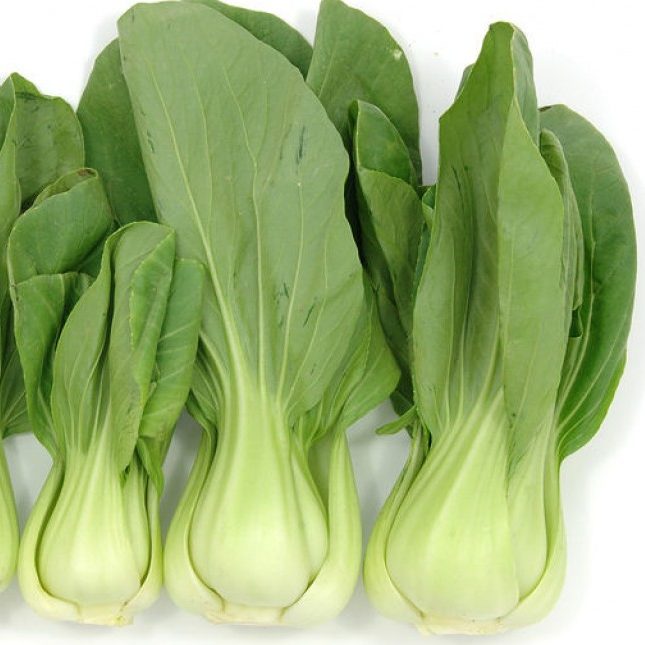
Bok Choy
Season: Makes small heads and best grown in cool season (Fall – Spring). Same flavor as joi choi and tat soi
Detail: Leafy green, mild flavor; great in stir fry, braising, soups, and pho
Nutrition Facts: Highly nutritious and very low carbs
Recipe: 10 Minute Lemon Garlic Sautéed Bok Choy

Malibar Spinach
Season: Spring though early Summer

New Zealand Spinach
Season: All Year
Root Crops

Watermelon Radish
Season: Year-round growing season
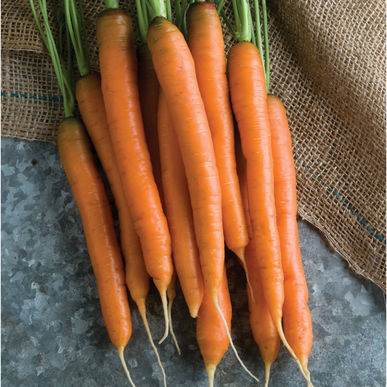
Carrot
Season: Fall- Spring
Detail: Crunchy taste and highly nutritious! Array of carrot colors including orange, white, yellow, red and purple
Nutrition Facts: Carrots are a great source of beta carotene, fiber, biotin, Vitamin K1, potassium, and antioxidants
Recipe: Garlic Brown Butter Roasted Brussels Sprouts and Carrots / Recipe: Glazed Roasted Carrots

Breakfast Radish
Season: All Year (Best Fall – Spring)

Beet
Season: Fall- Spring

Purple Carrot
Season: Fall- Spring
Detail: Crunchy taste and highly nutritious! Array of carrot colors including orange, white, yellow, red and purple
Nutrition Facts: Carrots are a great source of beta carotene, fiber, biotin, Vitamin K1, potassium, and antioxidants
Recipe: Garlic Brown Butter Roasted Brussels Sprouts and Carrots / Recipe: Glazed Roasted Carrots

Sweet Potato
Season: Summer (harvest in the Fall)
Details: Color can be white and purple. Leaves are edible, only when cooked (Earthy in flavor).
Nutrition Facts:
Recipe: Oven-roasted sweet potato fries
Recipe: French Breakfast Radish and Avocado Toast
Specialty Crops

Breakfast Radish
Season: All Year (Best Fall – Spring)

Beet
Season: Fall- Spring
Detail: 130 varieties of green beans
Nutrition Facts: Great source of Vitamin A, C, and K; high in chlorophyll which may block carcinogenic effects from grilled foods
Recipe: Green Beans with Lemon and Garlic / Recipe: Spicy Sesame Green Beans and Kale

Purple Carrot
Season: Late spring through early Fall; it is a warm season crop.
Detail: Mild and sweet, tender meaty texture when cooked; arguably a perennial if maintained
Nutrition Facts: Low in calories, high in dietary fiber, vitamins and minerals, including Vitamin C, folate, potassium and manganese
Recipe: Grilled Japanese Eggplant / Recipe: Japanese Eggplant with Chicken/(Chickun) and Thai Basil

Jalapeño
Season: Spring through Fall; warm season crop
Detail: Heat can vary depending on how they are cultivated and prepared; arguably a perennial.
Nutrition Facts: Low in calories, high in Vitamins C and B6. Research has suggested jalapeños are natural cancer preventing vegetables, as well as weight loss and overall pain reducer
Recipe: Jalapeño hummus / Zucchini Noodles with Jalapeño Pesto

Black Beauty Eggplant
Season: Late Spring through early Fall; warm season crop; arguably a perennial if maintained
Detail: Very flavorful. Great for lasagna!
Nutrition Facts: Rich in folate, potassium, Vitamin K, may reduce risk of heart disease, and aid in blood sugar control
Recipe: Easy Eggplant Parmesan

Okra
Season: Fall – Spring
Detail: Pick fruit at 3 inches; can pickle or use in stir fry
Nutrition Facts: Great source of minerals, vitamins, fiber, and folate
Recipe: Vegetarian Curry Okra
Herbs

Sage
Season: Late Spring through mid Fall; warm season crop
Detail: Heat can vary depending on how they are cultivated and prepared; arguably a perennial.
Nutrition Facts: Low in calories, high in Vitamins C and B6. Research has suggested jalapeños are natural cancer preventing vegetables, as well as weight loss and overall pain reducer
Recipe: Jalapeño hummus / Zucchini Noodles with Jalapeño Pesto

Cuban Oregano
Season: Fall – Spring (perennial)
Detail: Very flavorful. Great for lasagna!
Nutrition Facts: Rich in folate, potassium, Vitamin K, may reduce risk of heart disease, and aid in blood sugar control
Recipe: Easy Eggplant Parmesan

Rosemary
Season: All Year
Detail: Pick fruit at 3 inches; can pickle or use in stir fry
Nutrition Facts: Great source of minerals, vitamins, fiber, and folate
Recipe: Vegetarian Curry Okra

Cilantro
Season: Fall – Spring
Detail: Great for guacamole and salsa
Nutrition Facts: High in Vitamins A and K, folate, and potassium
Recipe: Lime-Cilantro Coleslaw

Fennel
Season: Fall – Spring
Detail: Flowering plant species in the carrot family, crunchy and slightly sweet
Nutrition Facts: High in fiber, Vitamin C, and potassium
Recipe: Chickpea and Fennel Ratatouille
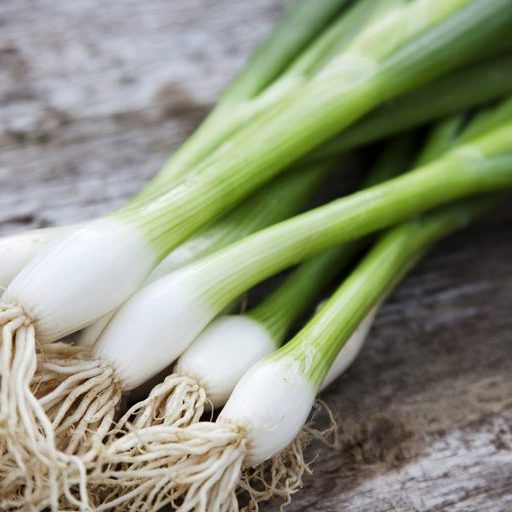
Green Onion
Season: Fall – Season: Fall – Spring (perennial)
Detail: The tops of these green onions may be used as substitute for chives in many recipes
Nutrition Facts: High in vitamins A, C, and K, helps reduce blood clotting and boosts immunity
Recipe: Mushroom and Green Onion Stir Fry / Recipe: Spring Onion Soup
Edible Flowers

Fennel Flowers
Season: Fall – Spring
Detail: A taste similar to licorice!
Nutrition Facts: High in Vitamin C
Recipe: Entree Garnish/ Pollen Vinaigrette/ Grilled Fennel Bulbs

Nasturtium
Season: Fall – Spring
Detail: Sweet, and with an after taste of a little bit of spice
Nutrition Facts: Nasturtium leaves have a high concentration of Vitamin C and are also a natural antibiotic
Recipe: Baby Greens with Roasted Beets and Potatoes

Snap Pea Flowers
Season: Fall – Spring
Detail: Self-pollinating flowers!
Nutrition Facts: Low calorie, high fiber flower plant
Recipe: Cake Decoration Pastry

Cilantro Flowers
Season: Fall through early Summer
Detail: The seeds of the cilantro plant can be used in Asian, Indian, Mexican and many other ethnic recipes
Nutrition Facts: Excellent source of Vitamins A, C, and K, as well as iron and manganese
Recipe: Cilantro Vinaigrette

Borage
Season: Fall – Spring
Detail: Old-fashioned plant with flavored leaves for tea; cucumber-like aroma
Nutrition Facts: One of the few low calorie culinary herbs, high in Vitamins A and C, antioxidants for improved vision
Recipe: Borage Jelly / Cucumber Salad / Lemonade

